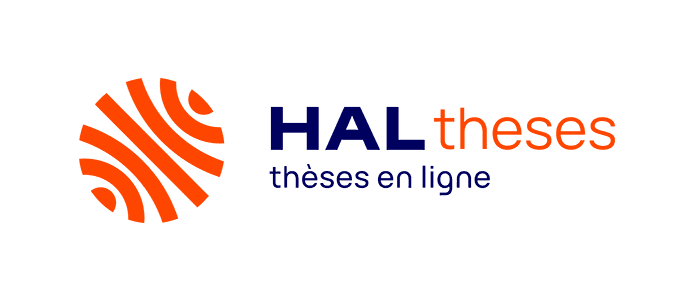Exploring the physics of the Earth's core with numerical simulations
Résumé
In the first chapter of this report, I discuss some of my work of the past 7 years,
since I joined the geodynamo team at ISTerre as a CNRS researcher. This work
most often involves numerical simulations with codes that I have written.
An important step forward in the efficiency of simulations based on the spherical harmonic transform has come from the matrix-free SHTns library I have designed and written (Schaeffer, 2013).
Numerical simulations linked to the magnetized spherical Couette experiment
DTS have been performed to understand its peculiar turbulence (Figueroa et al.,
2013) and try to characterize the effect of the small turbulent scales on the induction processes (Cabanes, Schaeffer, and Nataf, 2014a; Cabanes, Schaeffer, and
Nataf, 2014b).
Related to the Earth’s core dynamics, my simulations helped to characterize
the effects of the magnetic field on short timescale flows, leading to strong arguments for quasi-geostrophic (columnar) flows at large spatial scales (& 10 km)
and short timescales (. 10 years) in the core (Gillet, Schaeffer, and Jault, 2011).
Smaller length scales evade the rotational constraint because inertial waves are
getting too slow. At longer length scales more research is needed, but we have
already explored the implications of a deformation of the columns by magnetic
fields (Schaeffer, Lora Silva, and Pais, 2016). We have also shown that near the
equator, where the columnar flows were expected to wither, the quasi-geostrophy
seems strong in the Earth’s core (Schaeffer and Pais, 2011).
Prompted by observations, we studied the propagation and reflection of torsional Alfvén waves in the core, and showed the importance of the value of the
magnetic Prandtl number (Schaeffer, Jault, et al., 2012). Moreover, an extension
of this work to include a conducting solid layer at the top of the core suggests the
existence of such a layer with a rather strong conductance in the Earth.
More recently, and as a logical follow-up, I have produced turbulent geodynamo simulations, with interesting implications that will be reported in a future
publication, but several facts are already presented in appendix D and will also
be discussed here. These simulations have also fed the reflection that resulted in
our chapter on core turbulence in the second edition of the Treatise on Geophysics
(Nataf and Schaeffer, 2015).
In the second chapter, I present synthetically my ongoing work and projects
that develop even further the topics above, but also new projects on the dynamo
of the early Moon and further numerical developments.
Fichier principal
 hdr.pdf (14.52 Mo)
Télécharger le fichier
hdr_slides.pdf (5.26 Mo)
Télécharger le fichier
hdr.pdf (14.52 Mo)
Télécharger le fichier
hdr_slides.pdf (5.26 Mo)
Télécharger le fichier




